Architecture
PHILOSOPHICALLY YOURS
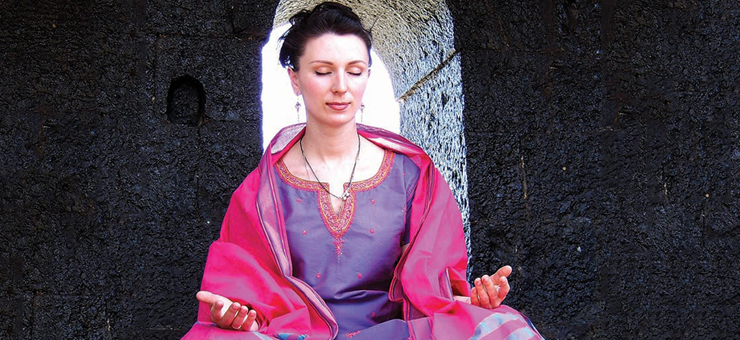
Life they say is a tightrope trick, so are philosophies then are our safety net? Yes, no and don’t know. Nonetheless, here are a few of them.
The Advaita Philosophy
The principle of non-duality or Advaita is an ancient Indian way of looking at life. The Advaita philosophy propounds that the world is permeated by a single force, and all the diversity in the world is a mere multifaceted manifestation of the same eternal self- the Brahman. Advaita says that you, your door mat and your pet dog that is slouching on the door mat are all essentially the same all-pervading force. Life it says is just an illusion, Maya and advises you to just play your way through it. As one realises the truth of Oneness and just plays his roles or leelaas an actor would, one is slowly taken to self-realisation, Moksha; the end to the circle of life and death.
Zen Philosophy (Based on Buddhism)

A touch less contradictory is no less esoteric, Zen is more contemporary – in the sense that it prescribes a code of conduct unlike the vague concept of Dharma in Advaita. The eight-fold path of Zen prescribes the right way for everything from perception to concentration. So you can say that your demonic boss is demonic and not worry about him being a part of you. What Zen does tell is that desires are the root of all problems and asks you to shun desire. Zen also says that one can never learn Zen from scriptures or columns in the magazine. Imbibe it as an experience in the old-fashioned slow way, then you would bloom one fine day like the Boddhisatva did.
Ayn Rand’s Philosophy of Objectivism
Ayn Rand’s philosophy of Objectivism is about seeing A as A and nothing more. It asks you to reject all ideas of a supernatural existence including God. For an objectivist, a demonic boss is a demonic boss and has to be dealt with and given the treatment he deserves, nothing more. Objectivism revolves around reason and logic, arguing that man is a rational animal and should follow morality arising from his reason. Morality in human are solely what leads to happiness; it propounds. An individual who eagerly faces reality, who embraces his rational mind as an absolute, and who makes his life his highest moral purpose will demand his freedom.
Sufi Philosophy (Sufism)
You many know this because of music. It originated in Arabia during the time of the prophet, when seekers became so enraptured by Divine love that they devoted themselves to meditation, purification and servitude and in search of an inner path. In Sufism, the traveller departs from the station of limited knowledge to a great understanding. The traveller, becomes enraptured by the magnificent existence of the Divine. The Divine becomes the eternal Beloved and the journey becomes the journey of the lovers towards the Beloved. The traveller will learn the meaning of Divinity and finally arrives at the stages of Divine illumination.
Existentialism

It’s a philosophy concerned with finding self and the meaning of life through free will, choice, and personal responsibility. The belief is that people are searching to find out who and what they are throughout life as they make choices based on their experiences, beliefs, and outlook. An existentialist believes that a person should be forced to choose and be responsible without the help of laws, ethnic rules, or traditions. Existentialism finds most objectionable that the society tries to impose or demand that their beliefs, values, or rules be faithfully accepted and obeyed. Existentialists believe this destroys individualism and makes a person an object.
Nihilism
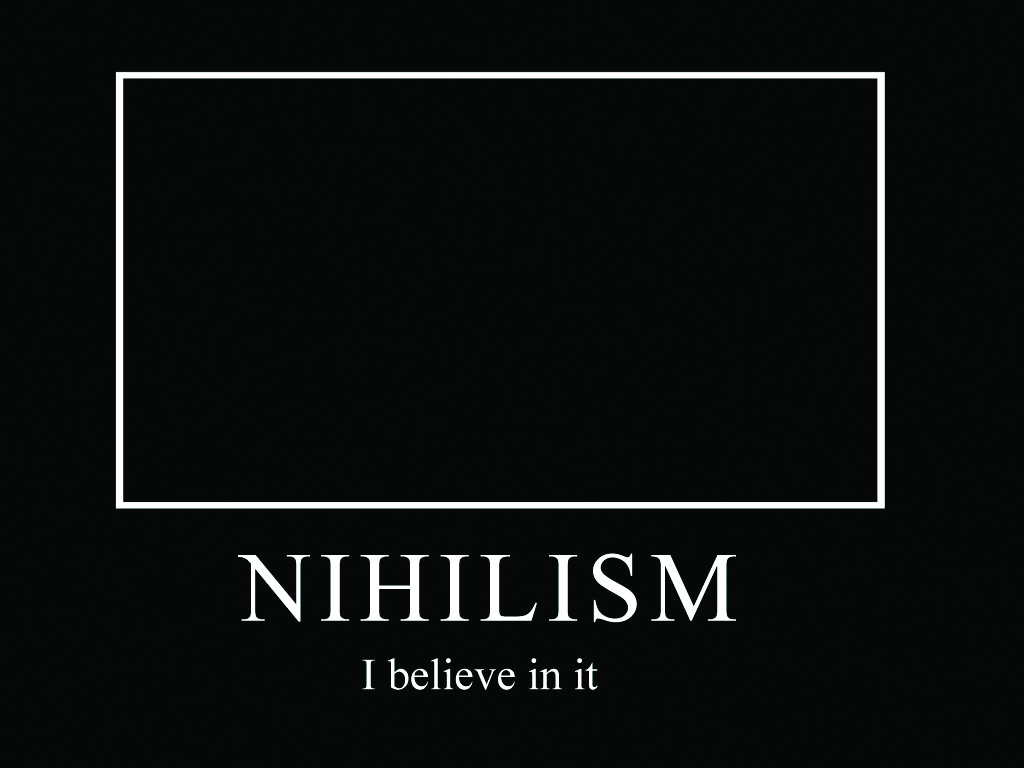
A philosophical (or anti-philosophical as some call it) view that life is without objective meaning, purpose, value or truth. They reject belief in a higher creator and claim that objective secular ethics is impossible. To them, life is literally “pointless.” A purified definition is a reduction to that which is ineluctable. It’s a way of saying that nihilism is about dealing with those elements and facts that cannot be avoided, vitiated or abrogated while accepting that all else is shades of illusion. It’s an understanding of what morality is (a by-product of social living that’s warped through the abuse of power), where good and evil come from, and the influence of those forces.
Photos: Various sources
Architecture
5 Sustainable Interior Design Trends to Embrace in 2024
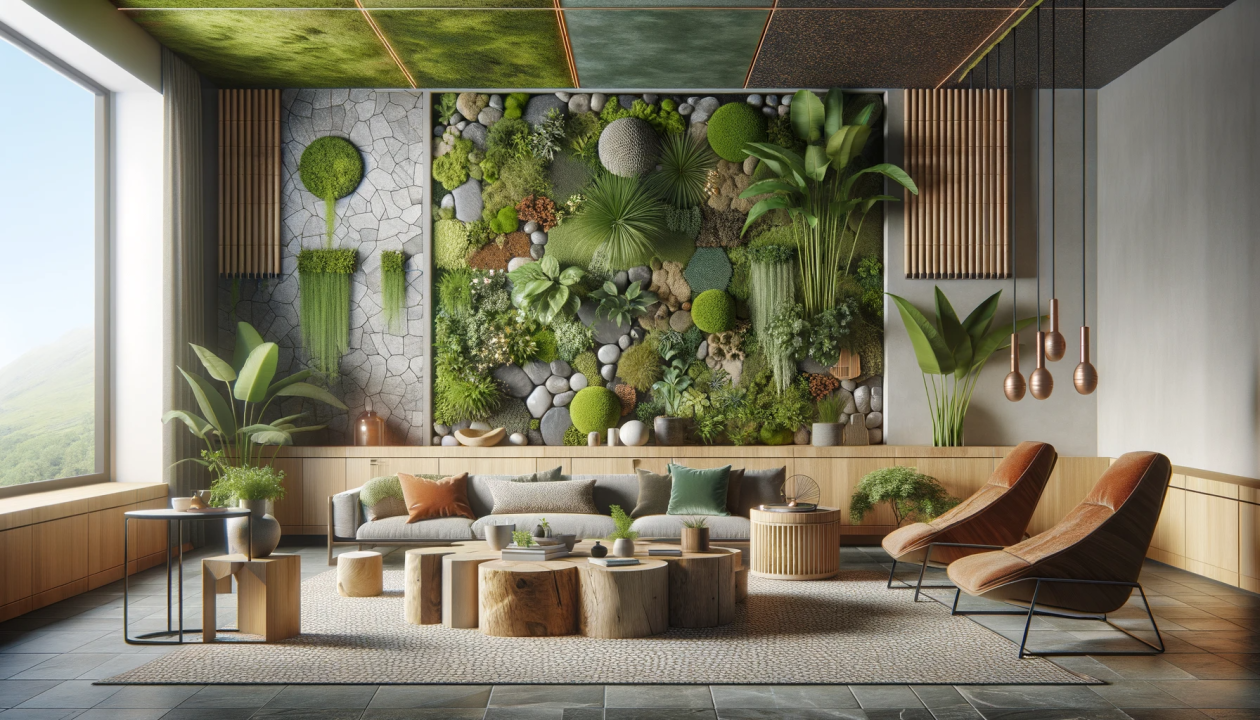
As the world becomes increasingly aware of the importance of sustainability, it’s no surprise that eco-friendly practices are making their way into the realm of interior design. In 2024, we can expect to see a surge in sustainable interior design trends that not only enhance the beauty of our living spaces but also minimise our environmental footprint. From repurposed materials to energy-efficient solutions, here are five sustainable interior design trends to embrace this year.
Upcycled Furniture:
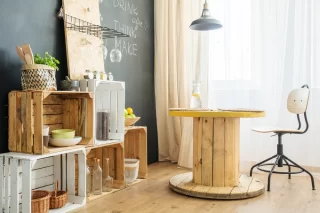
One of the most prominent sustainable interior design trends of 2024 is the use of upcycled furniture. Instead of buying new pieces, consider giving old furniture a new lease on life by refurbishing or repurposing them. From reclaimed wood tables to refurbished chairs, upcycled furniture adds character and charm to your space while reducing waste and conserving resources.
Biophilic Design:
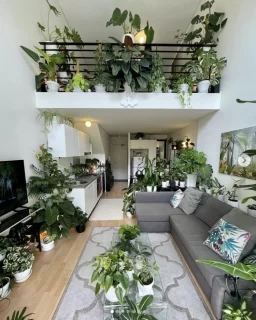
Biophilic design, which emphasizes a connection to nature, continues to gain popularity in 2024. Integrating natural elements such as plants, natural light, and organic materials into your interior design not only enhances aesthetics but also promotes well-being and sustainability. Consider incorporating living walls, indoor gardens, and sustainable wood finishes to bring the outdoors inside and create a healthier living environment.
Energy-Efficient Lighting:
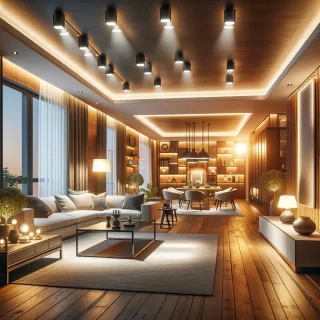
With a growing focus on energy conservation, energy-efficient lighting solutions are becoming a staple in sustainable interior design. LED lights, in particular, consume significantly less energy than traditional incandescent bulbs and last much longer, reducing both energy consumption and maintenance costs. Additionally, consider incorporating natural light sources such as skylights and large windows to maximize daylight and minimize the need for artificial lighting during the day.
Sustainable Textiles:
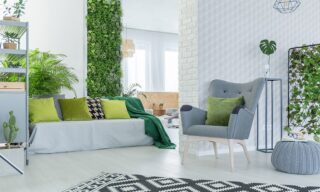
When it comes to upholstery and soft furnishings, opting for sustainable textiles is key to reducing environmental impact. Look for fabrics made from organic or recycled materials, such as organic cotton, hemp, bamboo, or recycled polyester. These materials not only reduce the use of harmful chemicals and pesticides but also minimize waste and support eco-friendly production practices. Additionally, consider investing in durable, high-quality textiles that stand the test of time, reducing the need for frequent replacements.
Smart Home Technology:

In 2024, smart home technology continues to evolve, offering innovative solutions for sustainable living. From smart thermostats that optimize energy usage to home automation systems that control lighting and appliances, these technologies can help reduce energy consumption and increase efficiency in your home. Additionally, smart home devices such as occupancy sensors and smart meters provide valuable insights into your energy usage, empowering you to make informed decisions about resource management and conservation.
As we strive to create more sustainable living environments, embracing these five interior design trends can help reduce our environmental impact while creating beautiful and functional spaces. Whether you’re upcycling old furniture, incorporating natural elements, or investing in energy-efficient technologies, every sustainable choice contributes to a greener future for generations to come. So let’s embrace these trends and make sustainability a cornerstone of our interior design practices in 2024 and beyond.
Architecture
Designing a Functional Home Office: Tips for Productivity and Comfort
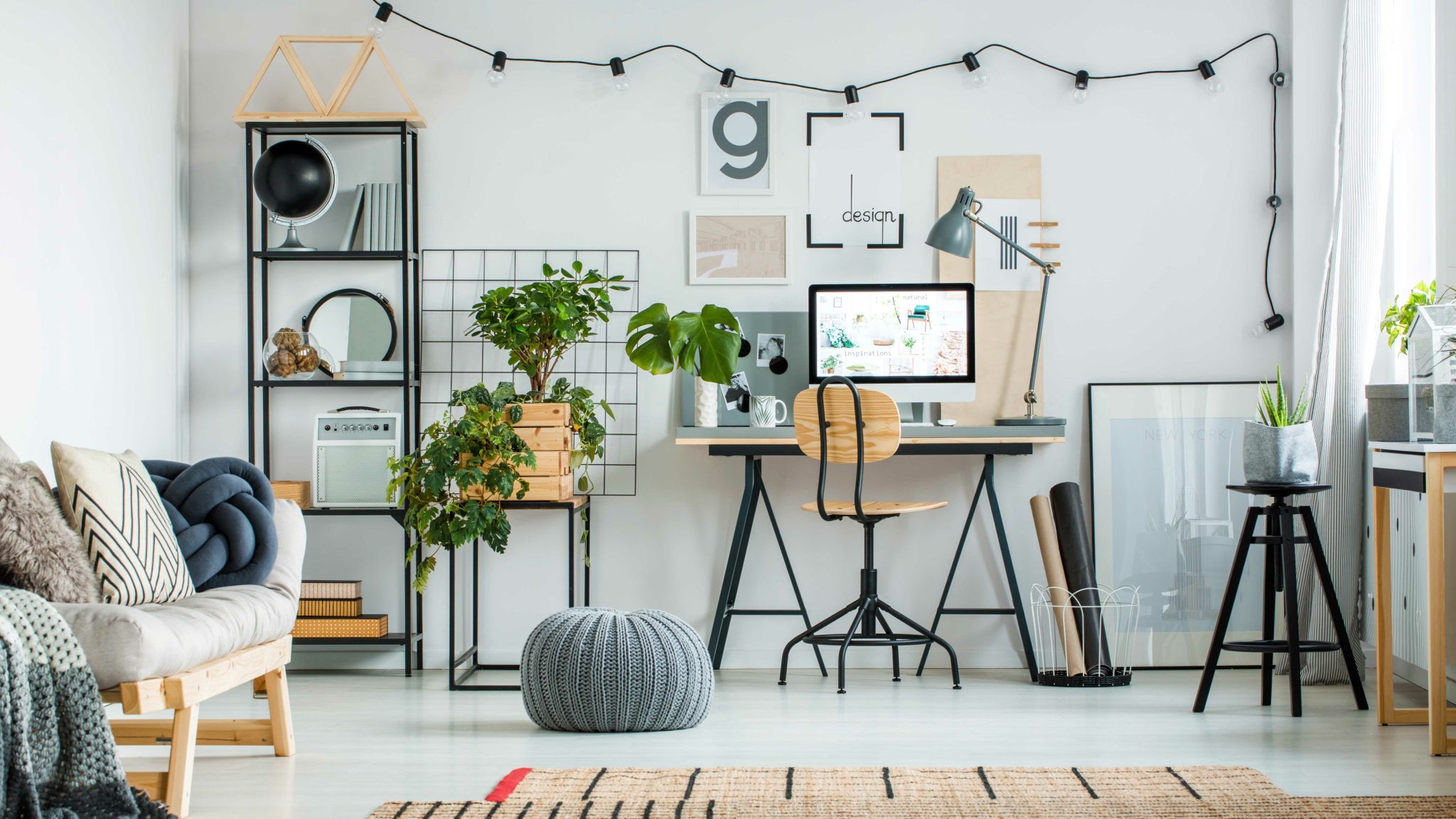
In today’s ever-evolving work landscape, the home office has become an essential sanctuary for productivity and creativity. Whether you’re a remote worker, freelancer, or entrepreneur, designing a functional home office is paramount for maintaining focus, maximizing efficiency, and enhancing overall well-being. Here are some expert tips to help you create a workspace that promotes productivity and comfort:
Choose the Right Location
Select a quiet and well-lit area in your home that is conducive to work. Ideally, this space should be away from distractions like heavy foot traffic or noise from common areas.
Invest in Ergonomic Furniture
Your office chair and desk are vital components of your workspace. Invest in ergonomic furniture that promotes good posture and reduces the risk of discomfort or injury during long hours of work.
Prioritize Natural Light
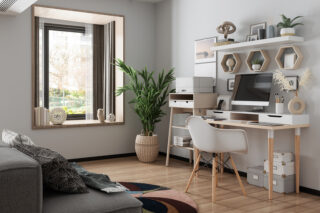
Position your desk near a window to take advantage of natural light. Natural light not only enhances mood and energy levels but also reduces eye strain and fatigue.
Declutter Regularly
Keep your workspace clutter-free by organizing cables, files, and supplies. A clean and organized environment fosters clarity of mind and helps minimize distractions.
Personalize Your Space
Incorporate elements that inspire and motivate you, such as artwork, plants, or motivational quotes. Personalizing your space can boost creativity and make your home office feel more inviting.
Optimize Technology Setup
Ensure that your technology setup including your computer, monitor, keyboard, and mouse is optimized for efficiency and comfort. Consider investing in accessories like an adjustable monitor stand or a wireless keyboard and mouse for added flexibility.
Incorporate Greenery
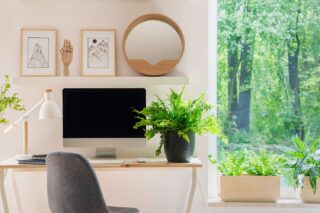
Introduce plants into your home office to improve air quality and add a touch of nature to your space. Plants not only enhance aesthetics but also have been shown to reduce stress and increase productivity.
Create a Distraction-Free Zone
Minimize distractions by setting boundaries with family members or roommates and establishing specific work hours. Consider using noise-canceling headphones or a white noise machine to block out unwanted sounds.
By implementing these tips, you can design a home office that promotes productivity, creativity, and overall well-being. Remember that every individual’s needs and preferences are unique, so feel free to experiment and adjust your workspace to suit your specific requirements. With a well-designed home office, you’ll be better equipped to tackle your tasks with focus, efficiency, and comfort.
Architecture
A Guide to Choosing the Perfect Colors for Your Home Interior

Your home is your sanctuary, and choosing the right colors for its interior can significantly impact the atmosphere and ambiance of each room. Whether you’re looking to create a cozy retreat, a vibrant living space, or a serene oasis, selecting the perfect color palette is key. In this guide, we’ll walk you through the process of choosing the right colors for your home interior to reflect your personal style and create a harmonious living environment.
Consider the Mood You Want to Create:
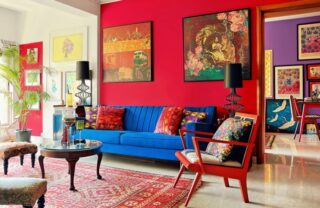
The first step in choosing the right colors for your home interior is to consider the mood or atmosphere you want to evoke in each room. Do you prefer a calming and serene space, or are you looking for something more vibrant and energizing? Think about how you want to feel when you’re in each room and choose colors that align with those emotions.
Take Lighting into Account:
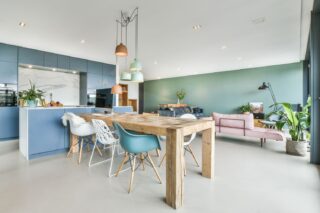
Lighting plays a crucial role in how colors appear in a room. Natural light can enhance certain hues while making others appear dull. Consider the direction and intensity of natural light in each room when choosing paint colors. Rooms with ample natural light can handle bold and vibrant colors, while those with less light may benefit from softer, lighter shades.
Create a Cohesive Color Scheme:

To ensure a cohesive flow throughout your home, choose a consistent color scheme that ties all the rooms together. You can achieve this by selecting a few key colors and using them in different combinations throughout the house. Neutral colors like whites, grays, and beiges make excellent base tones, while accent colors can add pops of personality and interest.
Explore Color Psychology:
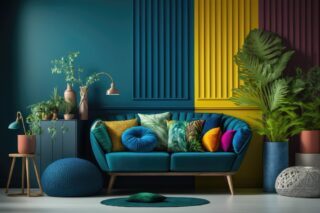
Color psychology can help you understand how different colors can affect mood and behavior. For example, blue is often associated with calmness and tranquility, making it an excellent choice for bedrooms and bathrooms. Yellow, on the other hand, can evoke feelings of happiness and energy, making it ideal for kitchens and living areas. Consider the psychological effects of each color when making your choices.
Test Paint Samples:
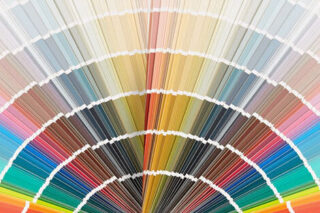
Before committing to a color for your walls, it’s essential to test paint samples in the actual space. Paint a small section of the wall with your chosen colors and observe how they look throughout the day in different lighting conditions. This will help you make an informed decision and ensure that you’re happy with the final result.
Don’t Forget About Accents and Accessories:
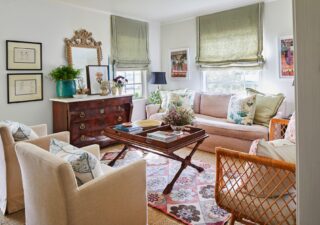
In addition to wall colors, consider how accent pieces and accessories can complement your chosen color scheme. Throw pillows, rugs, curtains, artwork, and furniture upholstery can all add depth and dimension to your space while tying the room together visually.
Choosing the right colors for your home interior is a personal and creative process that can transform your living space into a place you love to call home. By considering the mood you want to create, taking lighting into account, creating a cohesive color scheme, exploring color psychology, testing paint samples, and incorporating accents and accessories, you can design a home that reflects your unique style and personality. So, let your creativity flow, and enjoy the process of bringing your vision to life!
-

 Entertainment3 months ago
Entertainment3 months agoThe Stunning looks from Bhagya Suresh’s Wedding
-

 Fashion3 months ago
Fashion3 months agoMost Discussed Ajrakh Saree of Alia Bhatt
-

 Entertainment3 months ago
Entertainment3 months agoThe Most Stylish Guests of Bhagya Suresh Reception
-

 Entertainment4 months ago
Entertainment4 months agoEverything about the Ira Khan wedding that is out of the norm
-

 Entertainment3 months ago
Entertainment3 months agoBridal Bliss : All Bridal Looks of Swasika Vijay
-

 Entertainment3 months ago
Entertainment3 months agoAll About The Dreamy Pre Wedding Invite Of Anant Ambani & Radhika Merchant
-
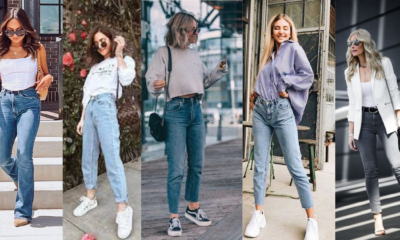
 Fashion3 months ago
Fashion3 months agoMajor Denim Trends You Need To Know in 2024
-

 Entertainment3 months ago
Entertainment3 months agoBest Looks from Golden Globes 2024





























